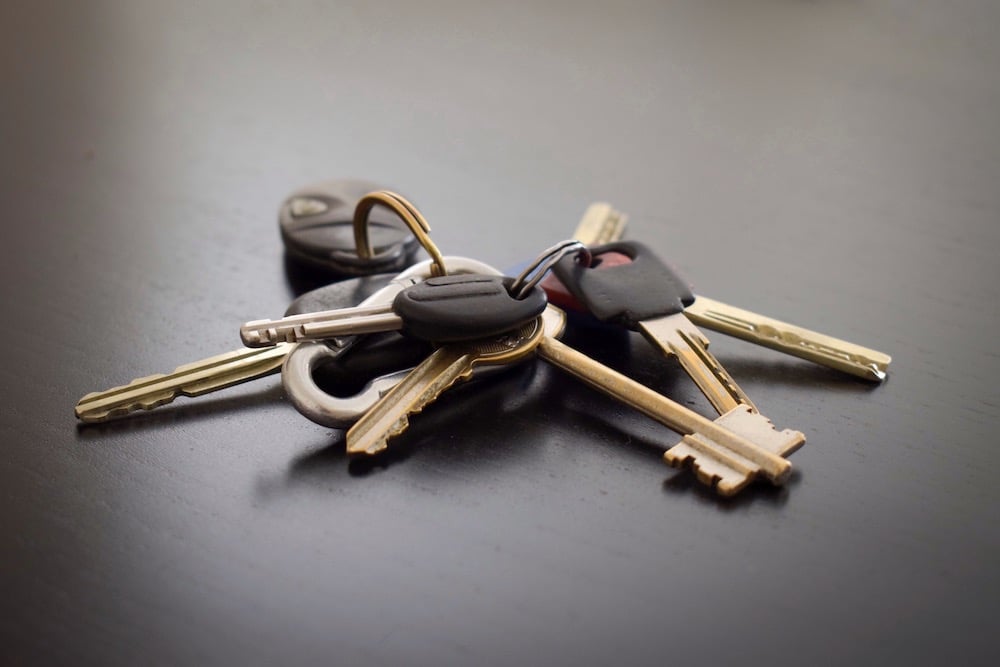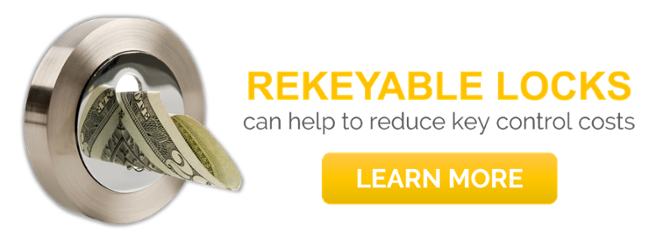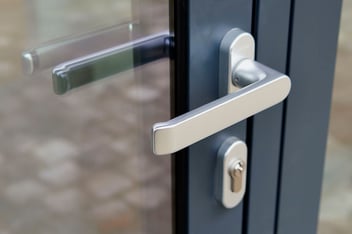6 Key Control Program Best Practices

Every facility utilizes some level of key control to keep employees, assets, and facilities secure. Choosing a key control solution for your environment is only the first step. What happens after that determines how effective and costly your program will be. Implementing these top key control best practices can make or break your program (and your budget).
First, What Is a Key Control Program?
There is key control, and then there’s KeyControl®. In general industry terms, a key control program is a formally documented system of locks, keys, and who has those keys.
KeyControl® is more than a documented system of locks and keys. It’s an organized, formally documented, and administered methodology that a facility uses to exert control over locks, keys that have access to those locks, and who has access to those keys. It controls the distribution of keys, protects against unauthorized duplication, and delivers visibility for management in a cloud-based platform.
Best Practices of an Effective Key Control Program
By following these simple recommendations, you can create a truly comprehensive program that will maximize the safety and security of your facilities:
-
Use restricted, uniquely marked keys to eliminate the possibility of unauthorized and undocumented duplicates. Each key used in the facility should always be identifiable and easily tracked. If a traditional mechanical key system uses keys that can be duplicated, the entire system is jeopardized. Restricted keys are created using patented key blanks, which means they can't be copied by any commercial service, like a hardware store. Controlling how keys are made and who has them is essential to providing even modest security to a facility.
-
Formally define when locks in the facility should be changed. This type of defined protocol can significantly reduce long-term costs. Consider only changing locks if a key is lost, stolen, or is not returned by a terminated employee. Of course, this is only recommended if you are using best practice #1 in this article. Otherwise, you should rekey each time an employee leaves.
-
Develop an efficient way to change your locks. Traditional mechanical key systems that require locksmith labor to rekey have some inherent deficiencies that don’t make them the best choice in maximizing efficiency and reducing costs for your facility, because the need for a locksmith is generally expensive. And oftentimes, a locksmith isn't needed during normal business hours, but instead in off hours. If it is not cost effective to rekey a facility at appropriate times, you might elect to delay rekeying to a point in the future when it might fit better within your budget. This, of course, is another serious flaw with traditional mechanical locks. Rekeying is an integral part of maintaining security. To mitigate this possibility, you should choose a system that is not only secure, but will also be cost effective in the future. The time and effort needed for lock changes can be significantly reduced with user-rekeyable locks, which allow a user to rekey a lock without locksmith assistance or even removing the key core from the locking hardware.
-
Embrace technology. The right technology can dramatically improve the efficiency and effectiveness of a key control program. A cloud-based records management system should be utilized to manage all key control data, and that data should be immediately accessible from any smart device. Such functionality provides multiple users secured access to data from anywhere in the world with an internet connection, and access can be administered according to differing levels of authorization. This way, you, facilities managers, loss prevention teams, and other stakeholders can get the answers to keyed security questions right when they're needed, whether you need to pull a list of affected access points in a security breach or run a report to see how well your security is operating. By using better tools and technology, better solutions become accessible in real time.
-
Audit keys and key holders regularly. Checking in on your key holders to ensure that your facility is in compliance and that keys are all accounted for is a proactive way to maintain peak security with your key control. This can also help to keep the importance of your facility’s overall safety and security in focus for everyone. Audits can provide valuable insight into the effectiveness, cost, and efficiency of your key control program. Of course, if a key is lost, stolen, or not returned by a key holder, you’ll need to refer to best practice #2 in this list.
-
Utilize ongoing, facility-wide training and education. A dedicated program administrator should oversee this training and establish set policies and procedures for your key holders and organizational security that are clear, concise and readily available to all employees and staff. Through the sharing of this knowledge, you help key holders to regularly improve their personal accountability for their keys. Additionally, management and employees alike must know what protocols to follow amidst a crisis. By establishing a defined protocol for use during a crisis, you provide the needed safety and security to avoid panic, confusion, and misinformation in the moment. Instilling some basic measures is certainly worth the continued safety and security of your entire organization.
Mechanical key systems, when coupled with these proven key control best practices and effective underlying policies, can provide your facility with the highest possible levels of security, protection, and peace of mind. With dedicated key management, you can effectively take your keyed security program from key control to KeyControl®.
With decades of key control experience, InstaKey is the only solution provider that has developed industry-leading best practices that are used to create the most efficient and effective solutions on the market. We build on the secure foundation of our restricted keys with industry-leading user-rekeyable cores and key tracking software. Want to learn more about the only locks in the industry that are user-rekeyable? Learn more below.





